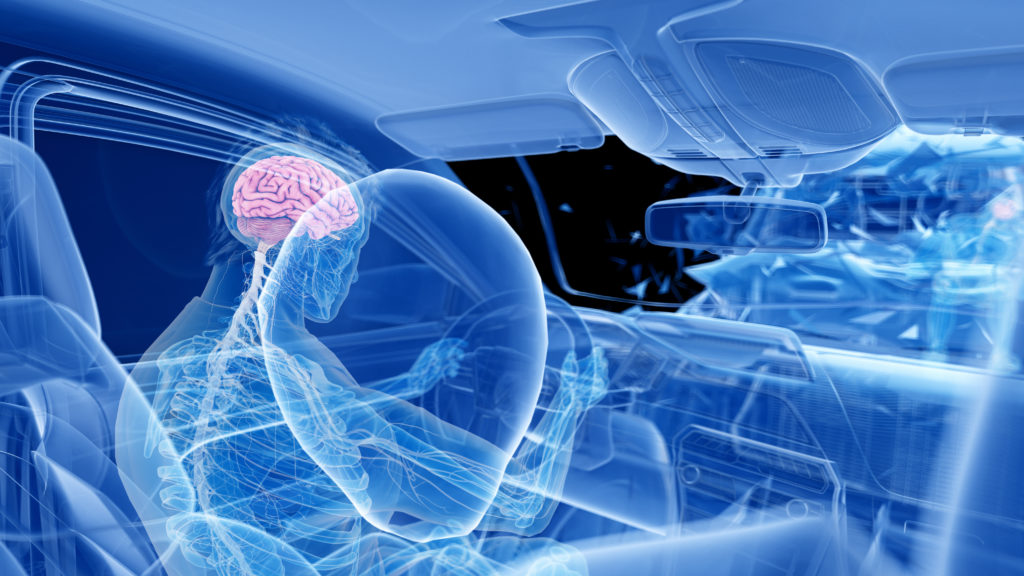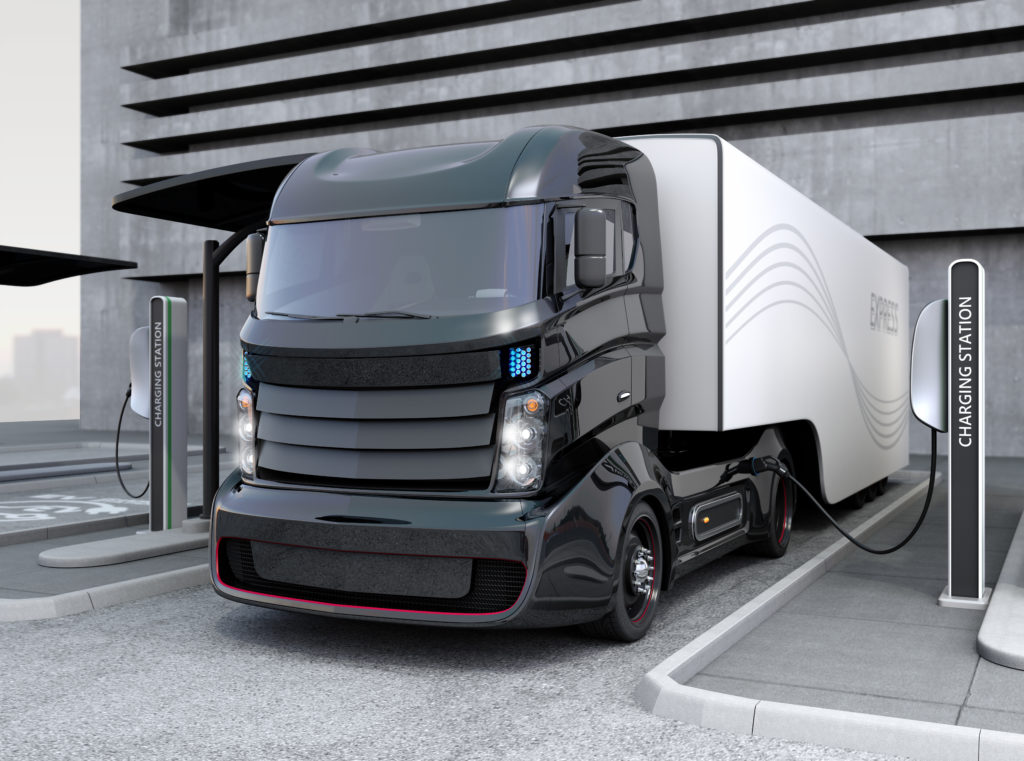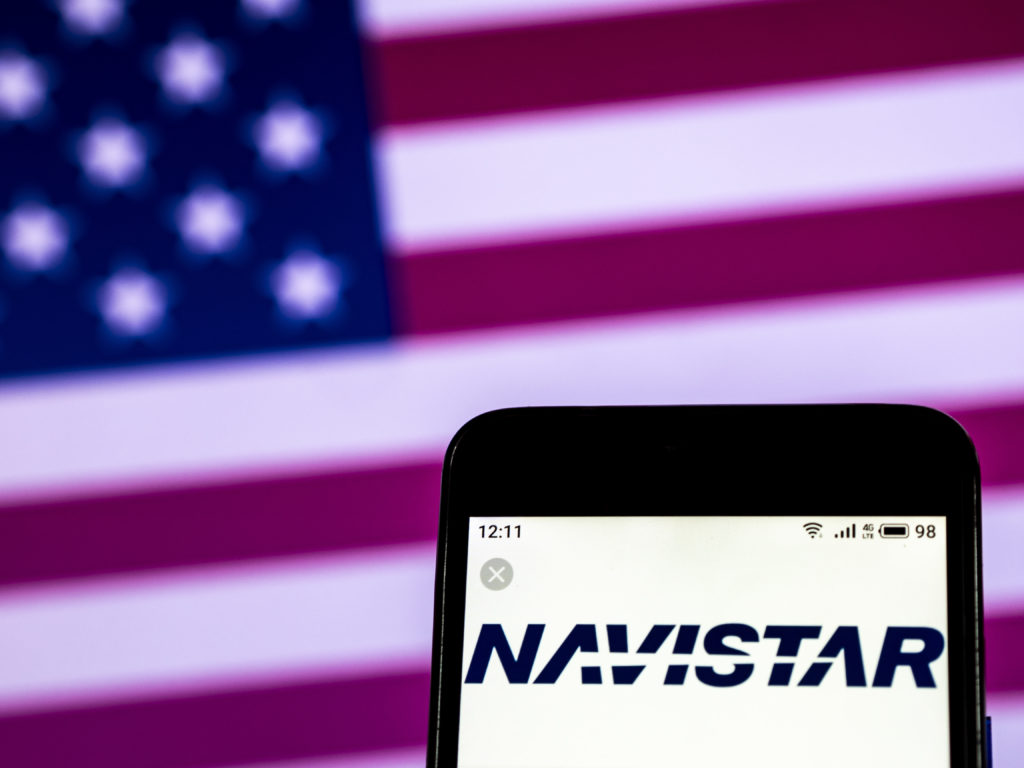
The day after Christmas, federal regulators made a huge announcement for the trucking industry: they plan to increase the minimum yearly random drug testing rate to 50% of a carrier’s drivers–up from the previous rate of 25%.
The short-notice mandated increase was made public by the Federal Motor Carrier Safety Administration on December 26th, and was implemented only a few days later on January 1st, 2020.
The FMCSA currently estimates around 3.2 million commercial license holders are working in interstate commerce and another 1 million in intrastate commerce. With a new rate of random drug testing, about 2.1 million random tests will take place throughout 2020.
The FMCSA estimates the additional tests will cost the industry an additional $50 million to $70 million per year.
There is already a fair amount of pushback regarding the data which led to the increase.
“This data was collected in early 2019, and to my knowledge there has been no indication from FMCSA about the increase in positive tests that led to the minimum random testing rate change,” said president of Scopelitis Transportation Consulting, Dave Osiecki. “Not only is it a financial hit that no one was expecting, it’s disappointing to know that more drivers are testing positive for using drugs.”
The agency’s 2001 rule, “Controlled Substances and Alcohol Use and Testing,” determined the process used by the FMCSA to decide whether or not the minimum annual percentage rate for any random testing could be increased or decreased. In the final rule, the decision to change the percentage rate was to be mandated by the trucking industry’s overall positive random controlled substance test rate, the data of which is presented to the agency by motor carrier employers themselves.
According to Osiecki, there will be a decrease in industry productivity due to the higher number of drivers being summoned to testing sites when they could be on the road.
J.J. Keller’s Tom Bray said all carriers, large and small, will feel the effects of an increase in testing costs.
“It’s the same thing you’re doing, you just have to do more of it,” he said. “The key thing there is that it went back up to 50%, which is where it was for many, many, many years previous to the calendar year 2016 change.”
Bray believes meeting the 50% rate will bring major difficulties for many carriers, as many fleets experience high turnover rates and random testing can bring even more issues in those cases.
A 2018 survey of nearly 5,000 randomly selected motor carriers estimated that the test rate of random controlled substances was around 1%, making it slightly higher than that of years past.
“When the minimum annual percentage rate for random controlled substances is 25%, and the data received under the reporting requirements for any calendar year indicate that the reported positive rate is equal to or greater than 1%, the FMCSA administrator will increase the minimum annual percentage rate for random controlled substances to 50% for all driver positions,” said the agency.
The reason Bray believes test rates are increasing is that the Department of Transportation has added four synthetic opioids to drug screening–including hydrocodone, hydromorphone, oxymorphone, and oxycodone.
“This is a major issue in the country in general,” Bray said. “Our group of drivers represents the country. If the country’s having trouble with opioids, so are drivers.”
Manager of safety and occupational health policy for American Trucking Associations, Abigail Potter, said although the increase is expected, most companies have already completed their annual budget planning for 2020, and the short notice by the FMCSA will cost the industry millions of dollars.
Additionally, Potter believes federal acceptance of a different method of drug screening would have been a solution.
“We need hair testing,” she said. “One of the disappointments here is that we could’ve prevented this situation.”
The proposed guidelines given by the Department of Health and Human Services, which would allow carriers to utilize hair testing for drug screening, have had little attention by the Office of Management and Budget since summer of 2019.
In regards to random alcohol testing, as of now, the FMCSA has confirmed the minimum annual rate will stay at 10% in 2020.




